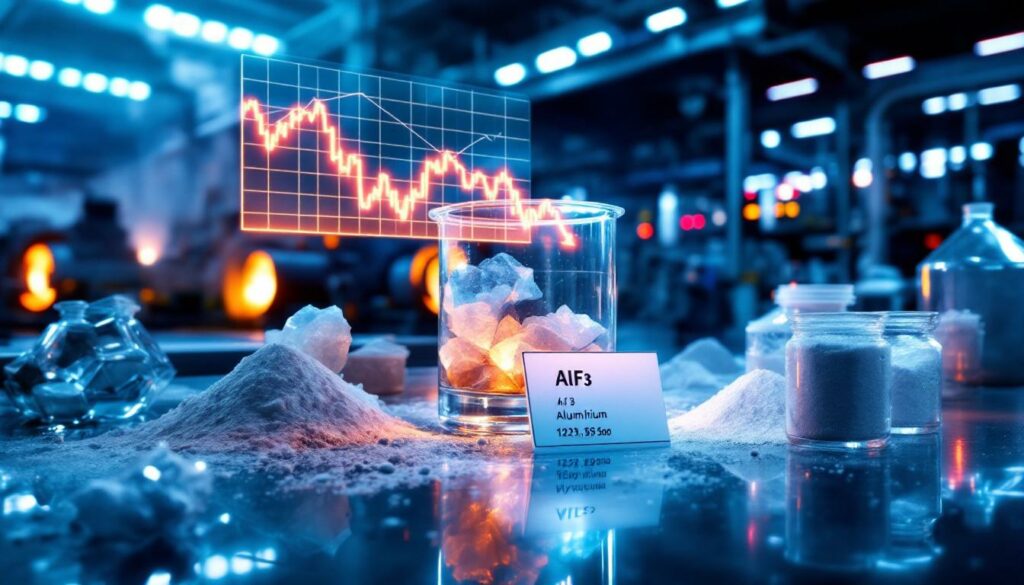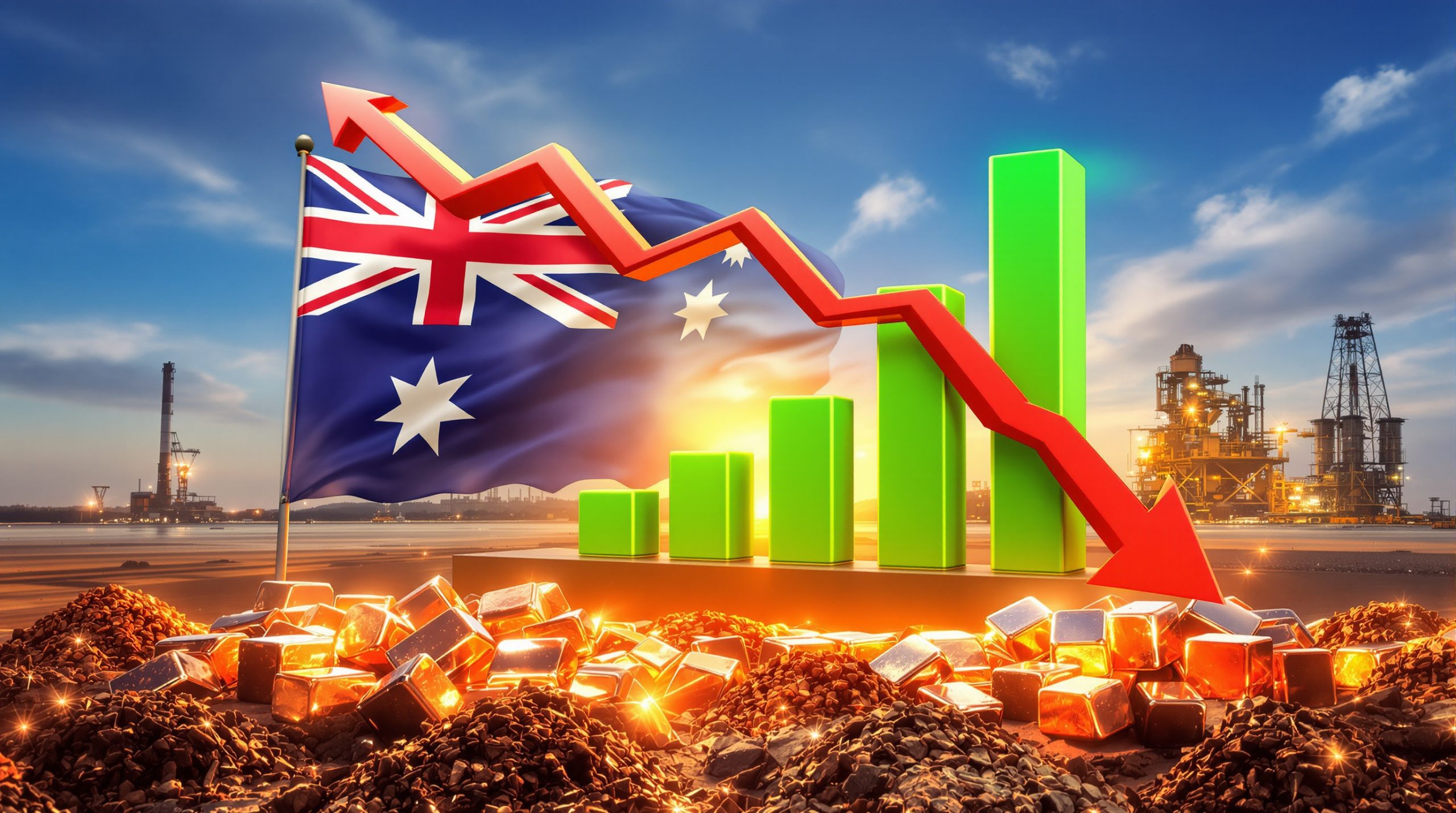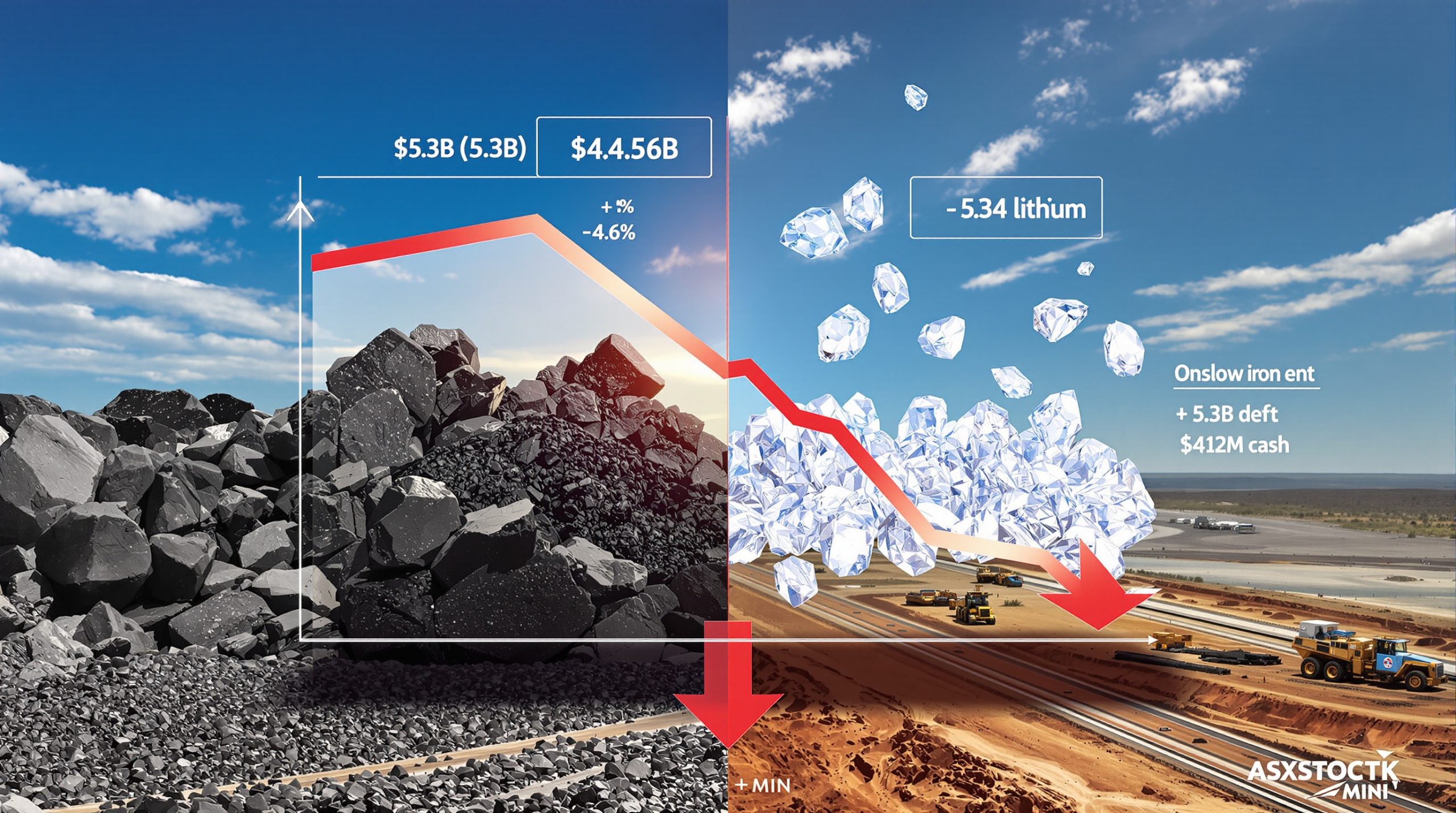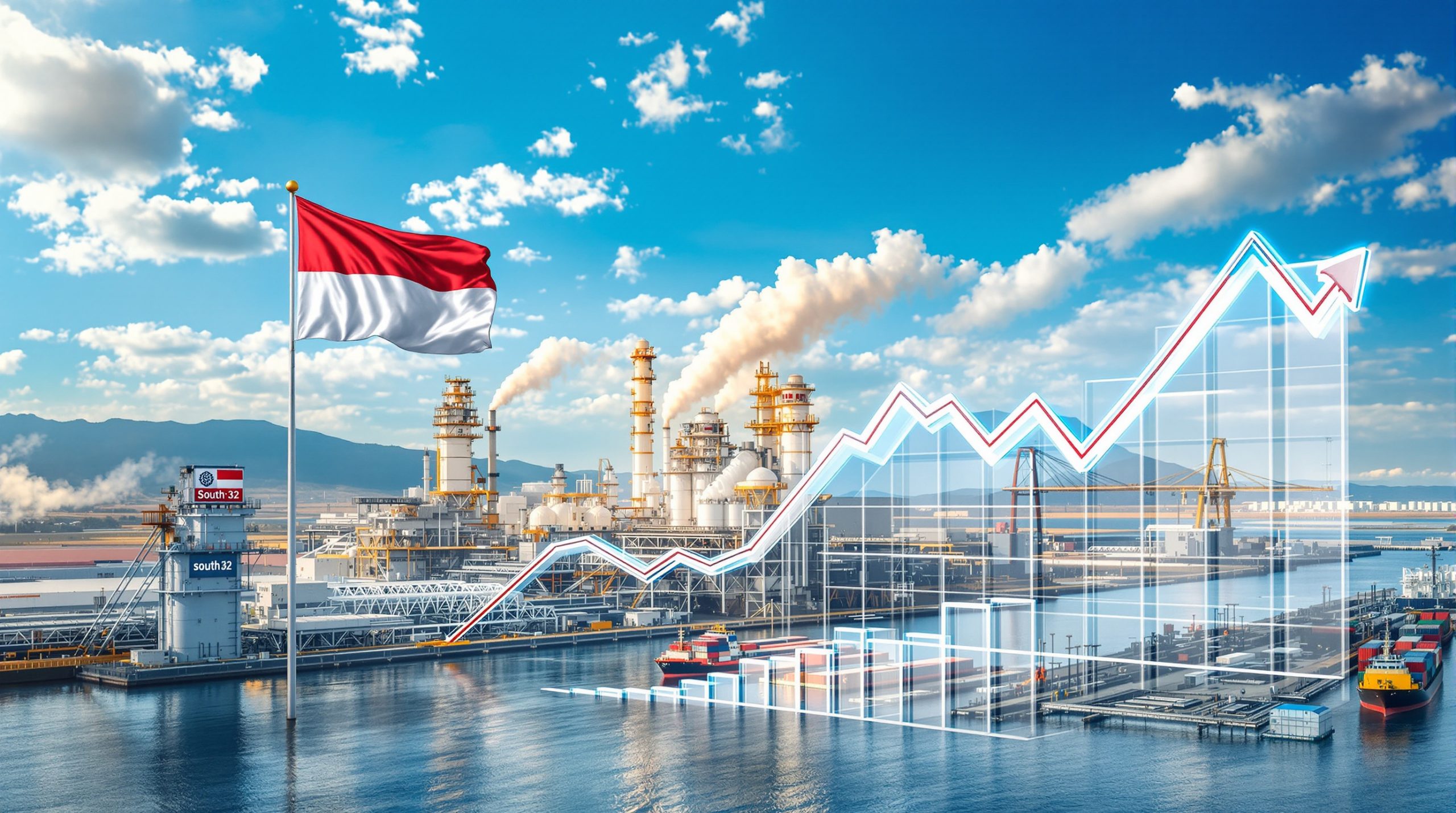What Factors Are Driving Aluminum Fluoride Price Weakness?
The aluminum fluoride market is experiencing significant price pressure in mid-2025, driven by a combination of declining raw material costs and weak demand fundamentals. This essential component in aluminum production has seen its benchmark tender prices decrease by 30 yuan/mt from the previous period, with current tender prices ranging between 9,600-9,670 yuan/mt according to the latest Shanghai Metal Market (SMM) data.
Market prices for aluminum fluoride currently stand at 9,600-9,800 yuan/mt, while related cryolite prices range from 7,500-9,500 yuan/mt. These price points reflect ongoing weakness in a market characterized by supply-demand imbalance despite the material's critical role in aluminum production.
Raw Material Price Declines Driving Market Dynamics
A primary factor behind aluminum fluoride's price weakness is the significant drop in key raw material costs. The delivery-to-factory prices for 97% fluorite powder, a critical input, have fallen to 3,000-3,300 yuan/mt, with the average price declining to 3,242 yuan/mt—representing a 3.71% decrease since early June.
Similarly, aluminum hydroxide has seen its average ex-factory price drop to 2,024 yuan/mt, a substantial 5.02% reduction since June 6. While sulfuric acid prices remain relatively elevated compared to historical averages, they too have begun showing signs of easing in recent weeks.
"The simultaneous decline in both raw material and finished product prices has created a challenging environment for producers, with profitability remaining under pressure despite lower input costs," notes industry analysts at SMM.
Supply-Demand Imbalance Persists
The current market is characterized by weak dynamics on both supply and demand sides. Most aluminum fluoride producers are operating at a loss despite declining raw material costs, as finished product prices have fallen at a similar or greater rate. This economic reality has forced many facilities to maintain low capacity utilization rates, with little prospect for improvement in the near term.
Downstream aluminum producers have adopted cautious procurement strategies, preferring just-in-time purchasing over building significant inventory positions. This approach, while logical from the buyer's perspective given iron ore price decline trends, further exacerbates the challenging conditions for producers.
- Raw material price declines have not translated to improved profitability
- Most producers continue operating at a loss
- Capacity utilization rates remain persistently low
- Buyers maintain minimal inventory positions, preferring just-in-time procurement
How Is The Raw Material Market Affecting Aluminum Fluoride Production?
The economics of aluminum fluoride production are heavily influenced by raw material markets, particularly fluorite powder, aluminum hydroxide, and sulfuric acid. These inputs collectively represent approximately 70-80% of production costs, making their price movements crucial to producer profitability.
Fluorite Market Conditions Creating Downward Pressure
The fluorite market, which provides the essential fluorine component, continues to exhibit sluggish conditions characterized by loose supply and weak demand. Mining operations in northern regions are maintaining only moderate operating rates, while supplemental imported sources have created abundant market supply.
Terminal consumption of fluorite remains weak, with downstream enterprises showing extremely low enthusiasm for procurement. The continuous decline in hydrofluoric acid prices—another key downstream product for fluorite—has become a significant factor weighing on demand.
SMM analysts observe that most downstream enterprises are implementing just-in-time restocking strategies, while some small and medium-sized hydrofluoric acid plants have suspended fluorite procurement entirely, strengthening wait-and-see sentiment throughout the supply chain.
"The fluorite market's weakness is expected to continue in the short term, with price trajectories maintaining a downward trend through July and potentially beyond," according to SMM market analysis.
Aluminum Hydroxide and Other Inputs Showing Similar Patterns
Aluminum hydroxide prices have retreated as alumina prices pull back from previous highs and mine-related supply constraints gradually ease. This trend has contributed to the overall decline in production costs for aluminum fluoride manufacturers, but hasn't improved their financial situation due to corresponding decreases in finished product prices.
While sulfuric acid costs remain relatively high by historical standards, even these have begun showing signs of easing, further reducing cost support for aluminum fluoride prices.
Production Economics Remain Challenging
The fundamental challenge for producers lies in the simultaneous decline of both input costs and finished product prices. This parallel movement has kept profit margins compressed despite the reduction in raw material expenses.
- Production costs are declining but not fast enough to restore profitability
- Operating rates remain low as producers minimize losses
- Just-in-time procurement strategies dominate throughout the supply chain
- Cost reductions are not translating to improved margins due to corresponding price weakness
This economic reality has created a situation where low capacity utilization rates are likely to persist in the near term, with producers maintaining minimal operations to service existing contracts while avoiding expansion or increased production that would further pressure the market.
What Are The Current Market Dynamics For Aluminum Fluoride?
The aluminum fluoride market is experiencing a complex set of dynamics that reflect both structural challenges and cyclical factors affecting the broader aluminum value chain.
Supply-Side Factors Limiting Production
On the supply side, persistent profit pressures and high costs have severely limited production enthusiasm among manufacturers. The capacity utilization rate has been running at low levels for an extended period, with most producers maintaining only minimal operations necessary to service key contracts.
The production restraint has not, however, translated to price support—a situation that reflects the equally weak demand-side conditions. Even as manufacturers limit output, the market remains adequately supplied relative to current demand levels.
Demand-Side Conditions Remain Cautious
On the demand side, an interesting dichotomy has emerged. While the operating rate of downstream electrolytic aluminum production remains relatively healthy, procurement sentiment is notably cautious. Buyers are implementing just-in-time purchasing strategies, focusing only on immediate production needs rather than building inventories.
This procurement approach reflects a market psychology dominated by expectations of continued price weakness. Buyers see little incentive to secure material ahead of needs when prices are anticipated to remain flat or potentially decline further.
Market Sentiment Increasingly Negative
A strong wait-and-see attitude has taken hold among market participants, with negative expectations prevalent among both upstream and downstream enterprises. This sentiment is reinforced by the lack of clear market direction and continued price weakness.
"The market psychology has become self-reinforcing, with cautious buying reinforcing price weakness, which in turn justifies continued procurement restraint," notes industry observers.
The technical relationship between aluminum fluoride consumption and aluminum production creates an interesting dynamic. While aluminum fluoride is an essential input for aluminum smelting, with consumption directly tied to production volumes, the inventory management strategies of smelters can significantly impact short-term demand patterns.
Current conditions suggest that many aluminum producers have been drawing down existing inventories or maintaining minimal buffer stocks, creating a temporary disconnection between aluminum production levels and aluminum fluoride procurement volumes.
What Is The Outlook For Aluminum Fluoride Prices?
Based on current market conditions and supply-demand fundamentals, the outlook for aluminum fluoride prices suggests continued weakness extending into August 2025.
Short-Term Price Projections Remain Bearish
The combination of declining raw material prices, particularly fluorite and aluminum hydroxide, coupled with persistent weak demand, points toward continued price pressure in the near term. SMM analysts anticipate that aluminum fluoride prices will maintain their downward trajectory next month, with little prospect for meaningful recovery before September at the earliest.
"With raw material prices expected to decline further in July, and no significant improvement in demand patterns on the horizon, aluminum fluoride prices will likely continue to weaken through August," according to SMM market assessment.
This outlook is reinforced by the fact that most producers are already operating at a loss, which typically marks a late stage in the price cycle. However, without production cuts sufficient to meaningfully tighten supply, the market is likely to remain in its current state of imbalance.
Critical Factors To Monitor For Price Movement
Market participants should carefully monitor several key indicators that could signal a shift in the current price trajectory:
-
Changes in fluorite mining operations and supply: Any significant production cuts or supply disruptions in the fluorite sector could provide cost support for aluminum fluoride producers.
-
Aluminum sector operating rates and demand patterns: While current aluminum production remains steady, any increase or decrease in output would directly impact aluminum fluoride consumption.
-
Raw material price trajectories: The continued movement of fluorite, aluminum hydroxide, and sulfuric acid prices will determine the cost basis for production.
-
Potential production cuts from loss-making producers: If current conditions persist, some manufacturers may be forced to idle capacity, potentially tightening supply.
Industry Implications of Continued Price Weakness
The persistent low profitability across the aluminum fluoride sector has several potential long-term implications:
- Sustained losses may eventually force supply rationalization through production cuts or facility closures
- Market consolidation could accelerate as financially weaker producers struggle to maintain operations
- Cautious inventory management is likely to continue throughout the supply chain
- Just-in-time procurement strategies will remain dominant until clear signs of price stabilization emerge
While these dynamics create challenges for producers, they also present strategic opportunities for well-capitalized companies with longer-term perspectives on the market. Additionally, the industry consolidation outlook suggests potential mergers among producers to better weather market volatility.
How Does Aluminum Fluoride Fit Into The Broader Aluminum Value Chain?
Understanding aluminum fluoride's position within the broader aluminum value chain provides important context for its market dynamics and price movements.
Strategic Importance in Aluminum Production
Aluminum fluoride serves as an essential additive in the aluminum electrolysis process, playing a critical role in maintaining proper electrolyte properties in the cryolite bath used for aluminum smelting. Its primary functions include:
- Lowering the melting point of the electrolyte bath
- Improving current efficiency during the electrolysis process
- Reducing energy consumption in aluminum production
- Controlling the chemistry of the electrolyte bath
This technical functionality makes aluminum fluoride a non-negotiable input for primary aluminum producers, despite representing a significant cost component. Typical consumption rates range from 18-25 kg of aluminum fluoride per ton of aluminum produced, depending on technology employed and operational efficiency.
Market Structure and Supply Relationships
The aluminum fluoride market has several distinctive structural characteristics:
- Production is concentrated among specialized chemical manufacturers with expertise in fluorine chemistry
- Direct supply relationships with primary aluminum producers are common, often formalized through long-term contracts
- Tender-based pricing mechanisms are prevalent with major consumers, establishing benchmark prices
- Price sensitivity to both raw material costs and aluminum industry dynamics creates complex market movements
These structural elements create a market that, while relatively small in global terms, plays a crucial role in the economics of aluminum production—the world's most widely used non-ferrous metal.
Supply Chain Considerations and Strategic Management
Several important supply chain considerations influence the aluminum fluoride market:
-
Vertical integration opportunities: Some companies have pursued integration between fluorite mines and aluminum fluoride production to secure supply and stabilize costs.
-
Logistics and transportation impact: Given the hazardous nature of some raw materials (particularly hydrofluoric acid in some production processes), logistics considerations and regional price differentials can be significant.
-
Import/export dynamics: International trade flows influence domestic market balance, with some regions more dependent on imports than others.
-
Strategic inventory management: Throughout the value chain, inventory strategies play a crucial role in short-term market dynamics.
Understanding these relationships helps explain why aluminum fluoride prices can sometimes move independently from broader aluminum market trends, particularly when raw material markets experience significant disruptions. These commodity trading trends further complicate market dynamics for specialized materials like aluminum fluoride.
FAQ About The Aluminum Fluoride Market
What is aluminum fluoride used for in aluminum production?
Aluminum fluoride serves as a critical additive in the aluminum electrolysis process, helping maintain proper electrolyte properties in the cryolite bath and improving current efficiency during aluminum smelting. It lowers the bath's melting point, reduces electrical resistance, and helps control alumina dissolution rates—all factors that contribute to more efficient aluminum production.
How do raw material prices affect aluminum fluoride production costs?
Fluorite powder (calcium fluoride) and aluminum hydroxide are the primary raw materials, accounting for approximately 70-80% of production costs. Price fluctuations in these inputs directly impact producer margins. Sulfuric acid, energy costs, and labor make up most of the remaining production expenses. This cost structure explains why aluminum fluoride prices are highly sensitive to movements in fluorite and aluminum hydroxide markets.
What is the relationship between aluminum fluoride and cryolite prices?
Both materials are used in aluminum electrolysis, with cryolite forming the primary electrolyte bath and aluminum fluoride serving as an additive. Their prices often move in similar patterns due to shared end-market demand. Historically, cryolite and aluminum fluoride prices maintain a relatively stable relationship, with cryolite typically trading at 70-80% of aluminum fluoride prices, reflecting their relative consumption rates and production costs.
Why are aluminum fluoride producers operating at low capacity despite stable aluminum production?
Despite steady aluminum output, producers face compressed margins due to simultaneous declines in both raw material and finished product prices, making production economically challenging at current price levels. This paradoxical situation reflects market psychology more than physical supply-demand fundamentals. As producers anticipate continued price weakness, they minimize production to avoid building inventory that might need to be sold at even lower future prices.
What factors could reverse the current price weakness in the aluminum fluoride market?
Potential catalysts include:
- Production cuts leading to tighter supply
- Increased aluminum production rates driving higher demand
- Rising raw material prices improving cost support
- Supply chain disruptions affecting availability
- Policy changes affecting production costs or trade flows
Any combination of these factors could shift market sentiment and stabilize or reverse the current price trend. However, most industry analysts anticipate that substantial improvement will require either significant production cuts or a meaningful increase in aluminum sector demand. The broader copper price forecast and industry evolution trends may also influence investor sentiment in related industrial materials.
Ready to Stay Ahead of Major Mineral Discoveries?
Discovery Alert's proprietary Discovery IQ model instantly notifies investors of significant ASX mineral discoveries, transforming complex data into actionable insights. Explore how historic discoveries have generated substantial returns by visiting Discovery Alert's dedicated discoveries page and begin your 30-day free trial today to gain your market-leading advantage.




